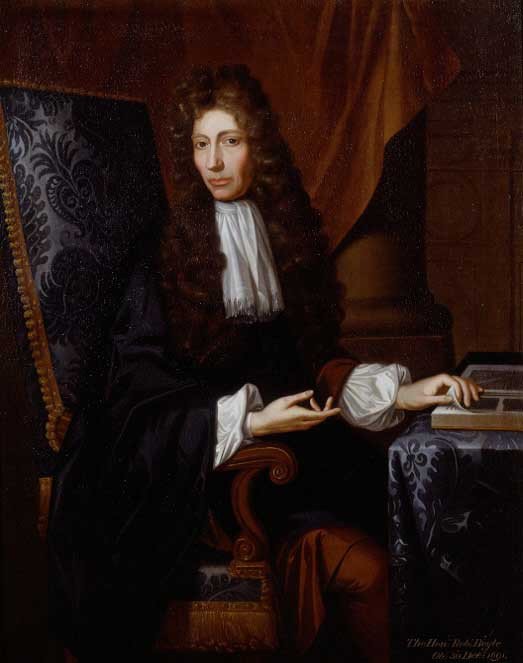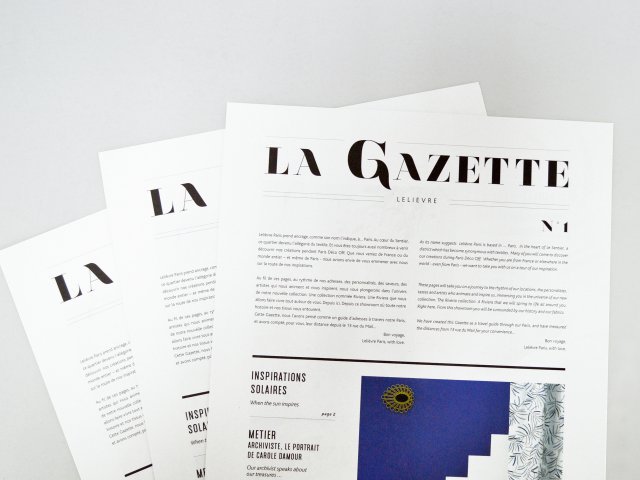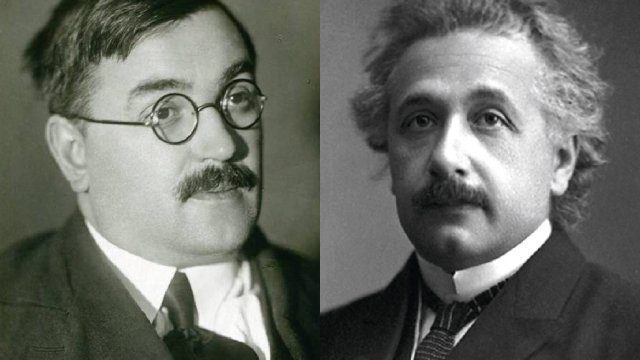Official:
Robert Boyle. January 25, 1627 – December 30, 1691. British physicist, chemist, and theologian. Co-founder of the Royal Society of London. Author of one of the main gas laws. A colleague of Marriott’s.
Life and Work:
1. According to Friedrich Engels, it was Robert Boyle who turned chemistry into an actual scientific discipline. However, he is better known as a physicist: who does not know the Boyle-Marriott law, one of the fundamental laws of physics? Just in case, we remind you: at constant temperature, the product of the pressure and volume of a given mass of an ideal gas is always constant.
2. The seventh son of Richard Boyle, Earl of Cork, was born in the town of Lismore in County Waterford. The country where the town was located was then called the Kingdom of Ireland. But it was ruled by an English monarch – at the time of Robert Boyle’s birth, it was Charles I.
3. The scion of an old aristocratic family was supposed to study at Eton College. After a short period of training at home, Robert Boyle was sent there.
4. Then his father took the twelve-year-old Robert from Eton and sent him to continue his education in Europe – at first, in Geneva, then in Italy and France.
5. In accordance with the customs of his time, Robert Boyle studied law, philosophy, and mathematics.
6. Boyle lost his father when he was barely sixteen, but inherited a considerable fortune. He settled in Ireland at Stalbridge Manor and plunged into studying philosophy and religion. He even considered serving the church, but chemistry and physics attracted him more.
7. Being quite wealthy, Boyle set up a laboratory at his manor and then in Oxford and started to conduct experiments and analyze them.
8. Boyle experimented with an air pump – these experiments led him to the famous law that he discovered independently of Edme Mariotte and before the abbot of the French monastery.
9. Boyle experimented a lot with emptiness, which he called vacuum. The scientist found that small animals die in vacuum, fire goes out, and smoke settles down, meaning that it is affected by gravity just as other bodies. He showed that chemical reactions, for example, lime slacking, as well mutual friction of bodies, produce heat even in vacuum.
10. As he put it himself, Robert Boyle looked at chemistry neither as a doctor, nor as an alchemist, but as a philosopher. It was Boyle who introduced the concept of “analysis” into chemistry and was the first to try to understand what a chemical element is.
11. It was Robert Boyle, who, among other things, discovered that infusions of many plants can change their color under the influence of acids and alkalis. Litmus, a substance extracted from lichen, worked particularly well in this role.
12. By combining gallnut infusion with iron salts, Boyle obtained a black solution, which was then used as ink for a century.
13. Robert Boyle obtained white phosphorus, which was called Boyle’s phosphorus for a long time afterwards.
14. In 1665, Robert Boyle became an honorary doctor of physics at the University of Oxford. He was at the origin of the Royal Society of London and was elected its president in 1680, but refused to take office.
15. For many years, Robert Boyle was one of the directors of the East India Company.
16. The scientist was never married. He bequeathed all his capital to be used for the development of science in England. Boyle left some money specifically to fund annual scientific readings in physics and philosophy.
17. Robert Boyle liked to work on several problems at once. He usually explained in detail what his assistants had to do for the day, and then went to his study to dictate a philosophical treatise to his secretary.
18. Boyle was buried in Westminster Abbey, where outstanding people of Great Britain find rest. There are no monuments to Boyle yet, but he immortalized his name himself – in the name of the famous law.






















